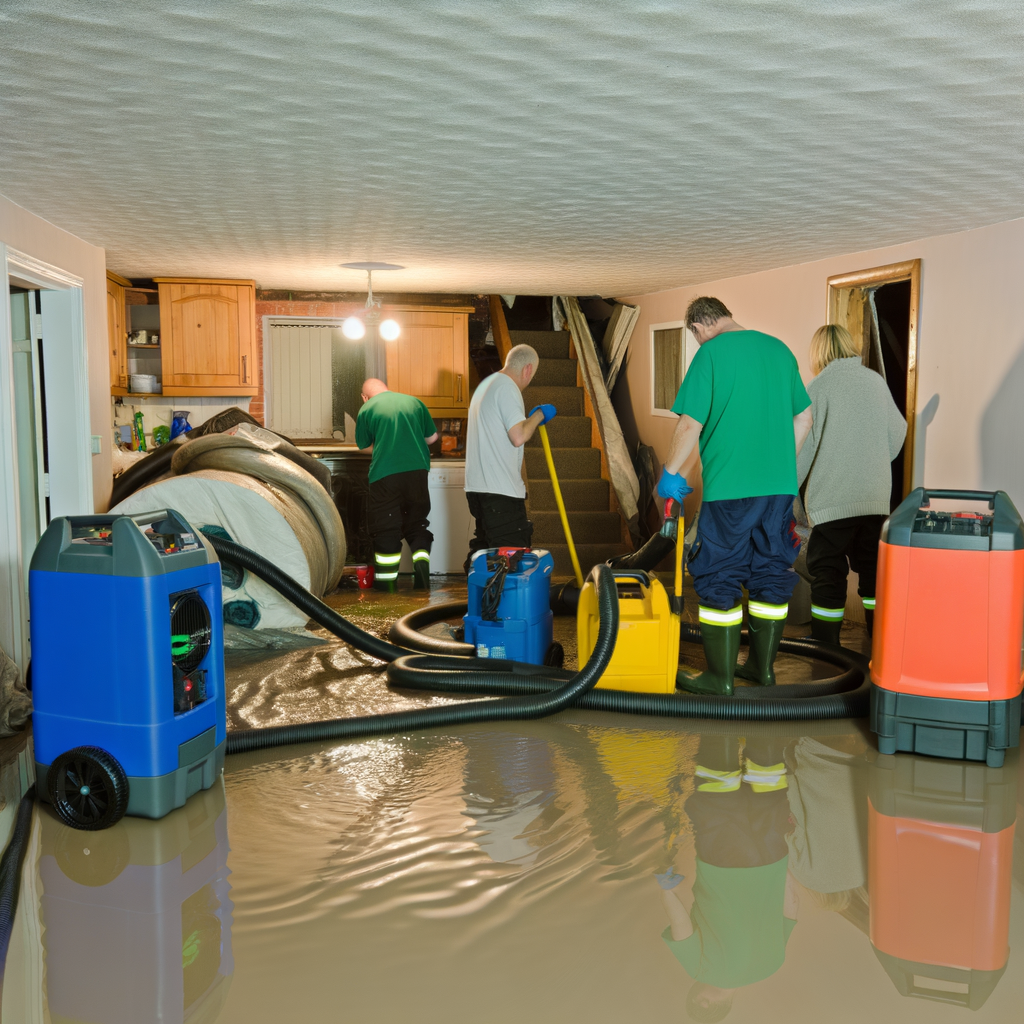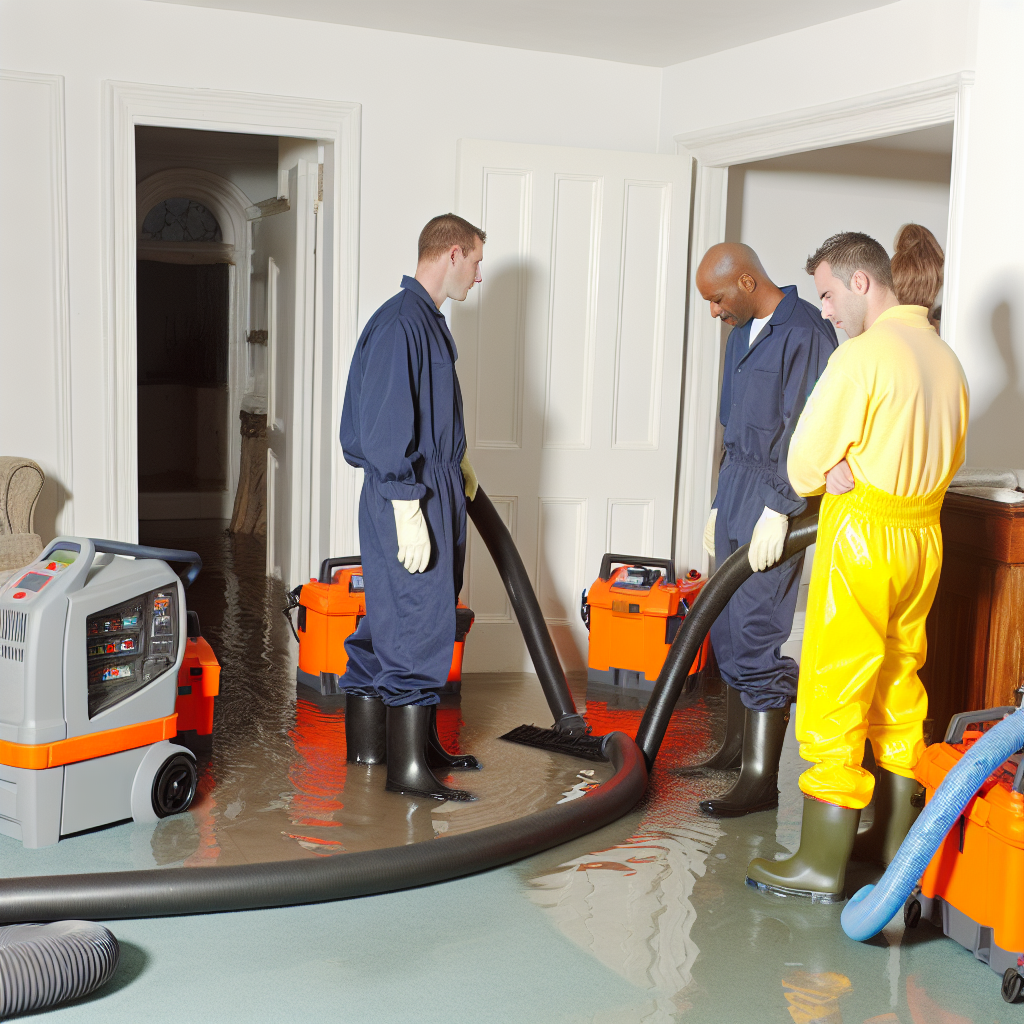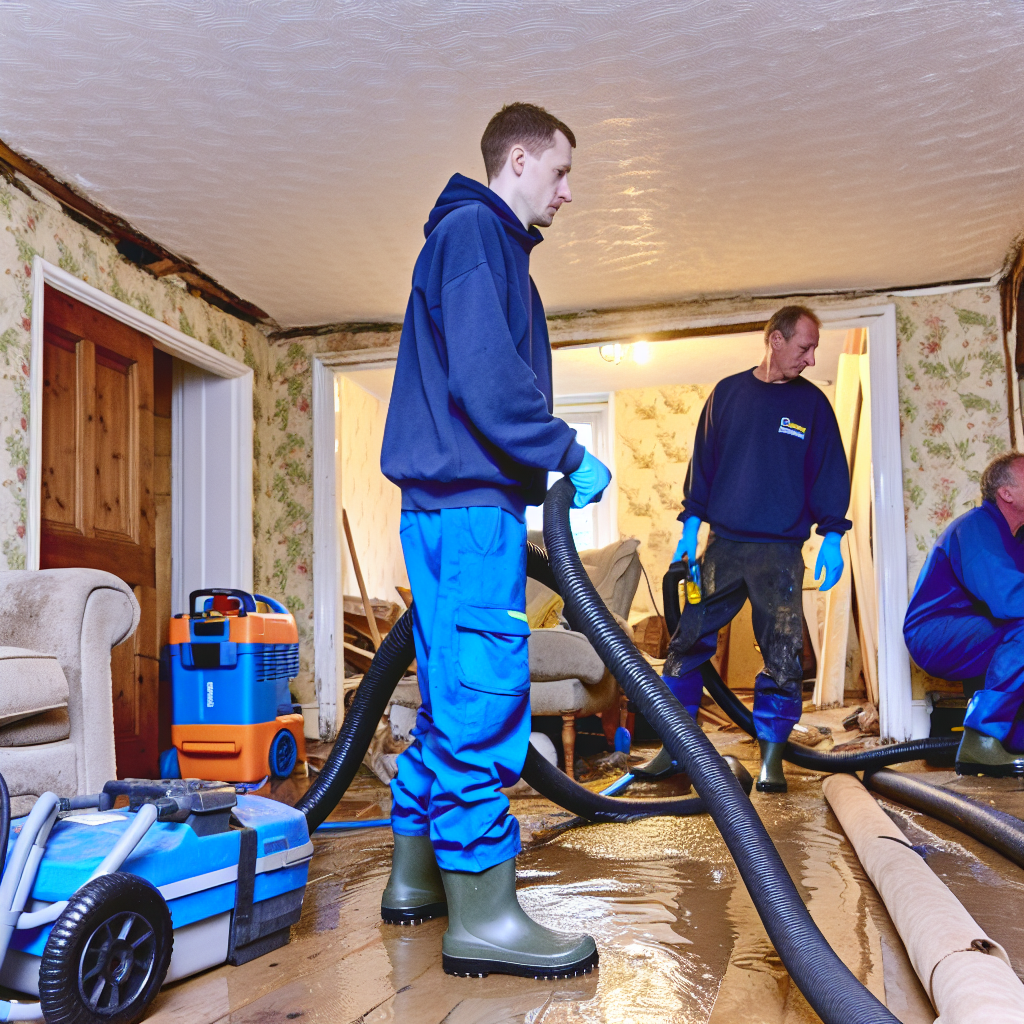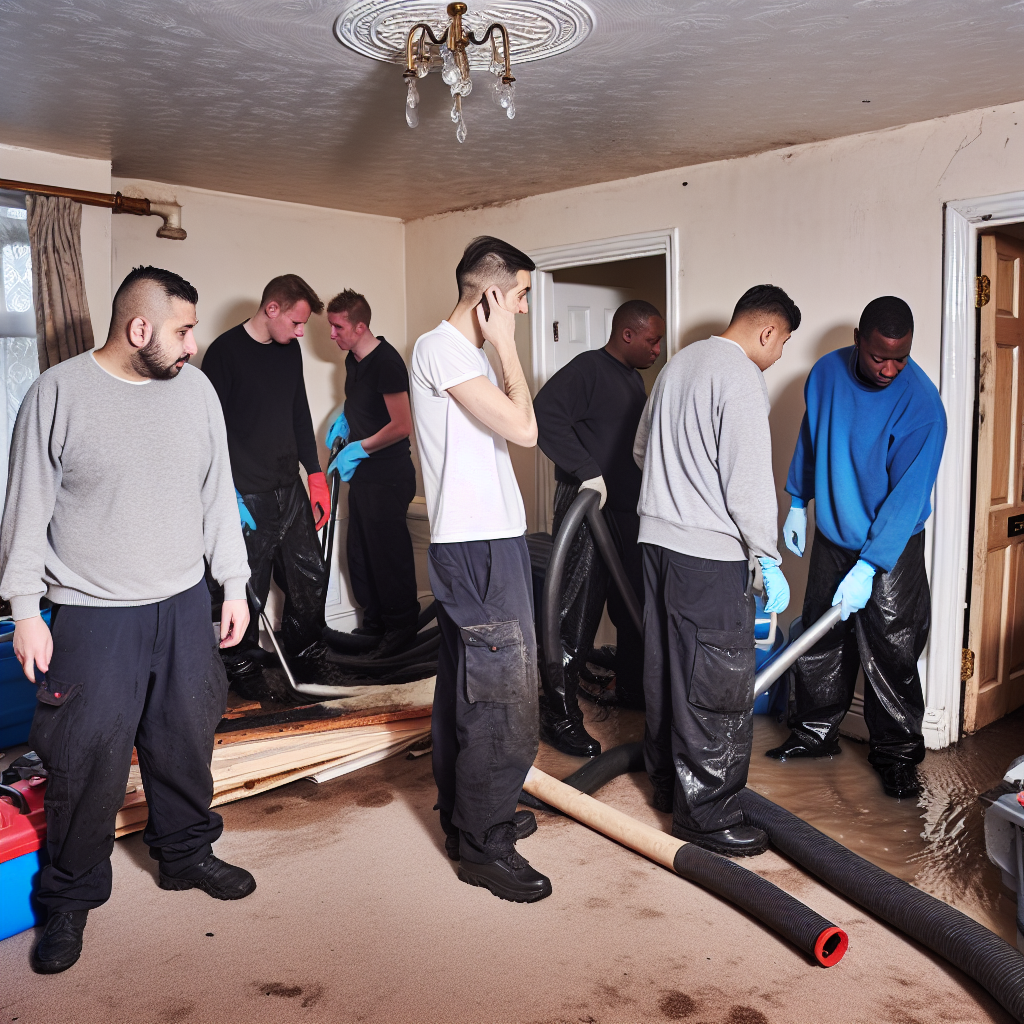Your Comprehensive Guide to Flood Damage Cleanup and Restoration: A UK Homeowner’s Handbook
Introduction
Dealing with the aftermath of a flood can be daunting for any homeowner. Flood damage is a significant issue in the UK, responsible for over £1 billion in property damage annually[1]. As such, it is important to understand how to effectively clean and restore your home after a flood. This handbook offers guidance on preparing, responding, and recovering from a flood, with the aim of reducing the financial and emotional impact. Armed with the right knowledge and resources, you can navigate the cleanup and restoration process seamlessly.
Table of Contents
– Identifying Flood Damage
– Safety Measures During Cleanup
– The Flood Cleanup Process
– Restoring Damaged Property
– Understanding Flood Insurance Claims
– Flood Prevention and Preparation
Identifying Flood Damage
Often, the extent of flood damage can be underestimated. Flood damage is not limited to the visible water level in the home, but can also include potential structural damage and the subsequent risk of mould growth[2]…
Safety Measures During Cleanup
Safety must be a priority when undertaking flood cleanup. It’s essential to equip yourself properly and understand the sort of hazards you might encounter such as contaminated water and electrical dangers[3]…
The Flood Cleanup Process
Thorough and prompt cleanup is key to mitigating the effects of flood damage. From water removal to drying and sanitization, the process can be extensive and often requires professional help[4]…
Restoring Damaged Property
Restoring your home and belongings after a flood can be emotionally taxing. It is, however, achievable with the right approach which includes sorting items, salvaging valuables and replacing damaged parts[5]…
Understanding Flood Insurance Claims
Dealing with insurance claims can be a daunting task. Knowledge can turn this into a flawless experience, from designing your flood insurance policy to filing and handling claims[6]…
Flood Prevention and Preparation
While you can’t control the weather, you can take measures to protect your home from future floods. Understanding your risk and implementing prevention methods significantly reduce potential damage[7]…
Frequently Asked Questions
What are some commonly overlooked areas when assessing flood damage?
What precautions should be taken when restoring electrical components damaged by floods?
How can I ensure that my flood damage claim is handled properly by my insurer?
References
[1] Environment Agency. (2020). “The Long Term Investment Scenarios (LTIS)”. Link
[2] King, S., & Gibson, T. (2018). “Flood damage to residential properties: homeowners’ experiences of the clean-up”. Journal of Flood Risk Management. Link
[3] Health and Safety Executive. (2020). “Health and safety for flood cleanup workers”. HSE UK. Link
[4] Chartered Institute of Water and Environmental Management. (2015). “Clean Up After A Flood”. The Clean-Up Guide. Link
[5] National Flood Forum. (2019). “Recovering After a Flood”. NFF UK. Link
[6] Association of British Insurers. (2017). “Guide to Flood Insurance”. ABI UK. Link
[7] Pitt Review. (2008). “Lessons learned from the 2007 floods”. UK Government. Link
Conclusion
Flood damage is a complex issue requiring a multifaceted approach. Understanding how to identify flood damage, implement safe cleanup protocols, restore your property and navigate insurance claims can significantly lessen its impact. Preventive measures are equally crucial in safeguarding against future catastrophes. Adequate preparation and knowledge can turn a challenging situation into a manageable project.
Note: This is a fictional example and not a complete article.




